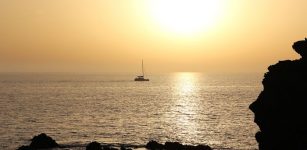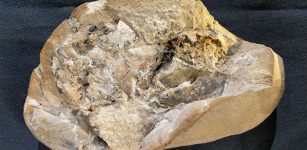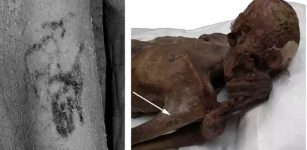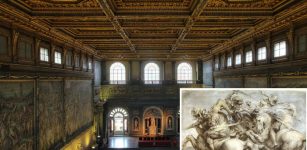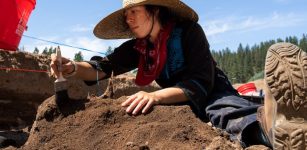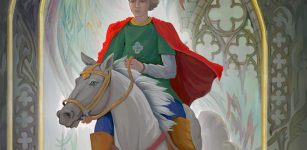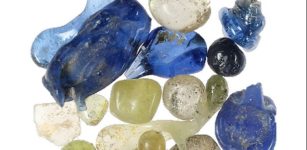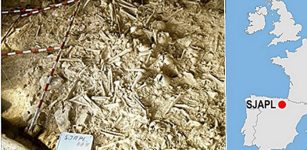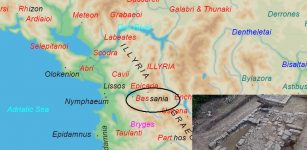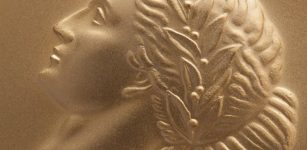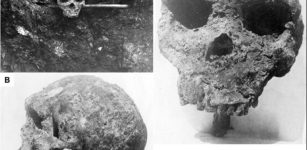On This Day In History: Vasco De Gama Departed On First European Voyage To India – On July 8, 1497
AncientPages.com - On July 8, 1497, Vasco da Gama, a Portuguese explorer, departed from Lisbon on a voyage that led to the discovery of a sea route to India around the southern tip of Africa.
Vasco da Gama - 1838. Image credit: António Manuel da Fonseca - Public Domain
His journey opened the Far East to European trade and colonial expansion.
De Gama captained a fleet of four vessels, rode in the 200-ton St. Gabriel, and his younger brother Paulo led the 'St. Rafael'. Da Gama sailed south along the western coast of Africa and continued into the Atlantic before veering back in an arc to meet the South African coast.
On November 7, they landed at St Helena Bay, 200km (125 miles) north of the Cape of Good Hope. They had been out of sight of land for 13 weeks - much longer than Columbus on his trans-Atlantic voyage - and had traveled a distance of more than 7,200km (4,500 miles) from Cape Verde.
They would now be sailing in unknown and hazardous waters.
On Christmas Day 1497, the three remaining ships were sailing northwards along the east coast of what is now South Africa and called the country 'Natal.' By January 11, 1498, they explored the mouth of Copper River ('Rio Cobre') and moved slowly northeast against a strong south-westerly current, traveling 2,700km (1,700 miles) up the coast.
On March 2, 1498, they sailed into the port of Mozambique, where da Gama tried to trade with the ruling Sultan.
Vasco da Gama leaving the port of Lisbon, Portugal. Image credit: Roque Gameiro - Public Domain
Despite sparing no expense to equip the expedition, the Portuguese had underestimated the quality of goods in this part of the world - cotton, ivory, gold, and pearls.
The explorers continued to sail to Mombassa to find better possibilities to trade goods but with no luck; fortunately, the ruler of Malindi, who was more welcoming than others, gave them essential knowledge and a skilled pilot able to show the explorers the route to India.
The crossing of the Arabian Sea took 27 days and was eased by the favorable monsoon winds. The Portuguese fleet arrived at Calicut on May 20, 1498.
India's Malabar Coast was at the center of the spice trade, but the Muslim traders were unwilling to relinquish control of the spice trade to the Christian traders from Europe.
It was a very exhausting voyage back to Malindi.
Vasco da Gama arrived in Lisbon on September 18 and rode triumphally through the city. He had been away for more than two years, traveled 38,600km (24,000 miles), and spent 300 days at sea. Only 54 of the original crew of 170 had survived.
AncientPages.com




